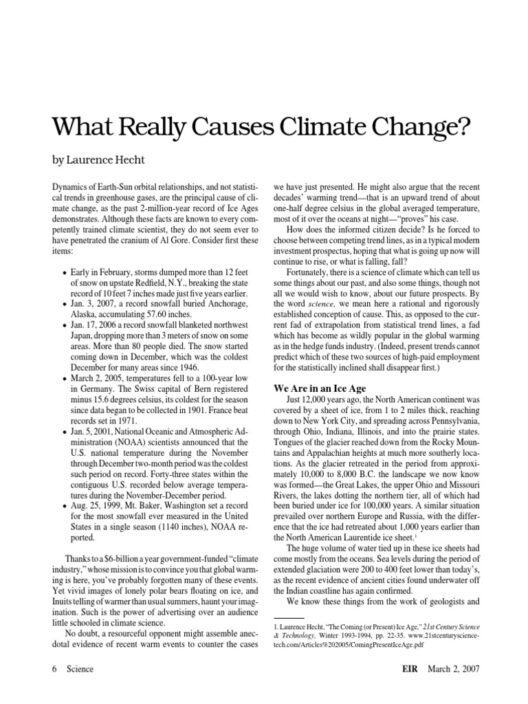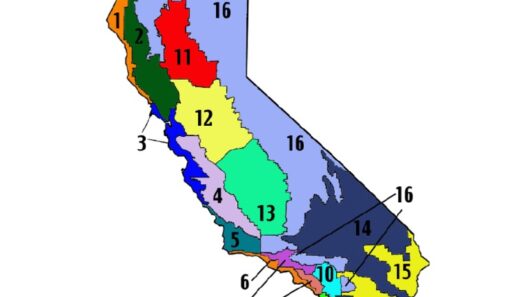The climate of Honduras is a tapestry woven from the intricate interplay of geographical features, elevation, and proximity to the Caribbean Sea. The small Central American nation is characterized by a diverse climatic landscape, ranging from cool mountainous regions to warm coastal areas. Understanding this dynamic climate is essential not just for residents and travelers, but also for those concerned with the pressing issues of climate change and environmental degradation. Here, we delve into the multifaceted aspects of Honduras’s climate, where mountain breezes meet tropical warmth.
Geographical Influences on Climate
Honduras sits at the crossroads of the Caribbean and Central America, which plays a pivotal role in shaping its weather patterns. The country features a mix of mountainous terrain, plains, and coastlines. The central highlands create a thermal divide, with the temperate climate on the elevated plateaus significantly different from the warm, humid conditions experienced in the lowland regions. This geographical disparity results in a variety of microclimates across the country.
Temperature and Humidity
In the highland areas, such as Tegucigalpa, temperatures are generally moderated by elevation. Average temperatures vary from a cool 15°C (59°F) during the night to a balmy 25°C (77°F) during the day. The humidity in these regions can be lower compared to coastal areas, which often experience stifling humidity levels averaging 80% or more. In stark contrast, coastal towns like La Ceiba and Puerto Cortés bask in tropical warmth, where temperatures can soar up to 35°C (95°F) during the daytime, coupled with oppressive humidity that lays heavy on the skin.
Rainfall Patterns
Rainfall in Honduras is significantly influenced by the geography and the seasonal shifts known as the dry and wet seasons. The wet season typically extends from May to October, with the peak of rainfall occurring between September and October. This is particularly true in the Caribbean coastal regions, where rainfall can exceed 3000 mm (118 inches) per year. In contrast, the western highlands may receive as little as 1200 mm (47 inches) annually. The northern coast experiences tropical storms and hurricanes, particularly threatening agricultural livelihoods and coastal ecosystems during peak storm activity.
Microclimates: The Diversity of Local Weather Systems
Honduras’s varied topography creates a patchwork of microclimates. The cloud forests of the highlands are shrouded in mist, sustaining a unique ecosystem rich in biodiversity. These areas experience more consistent rainfall, resulting in lush vegetation that supports an array of flora and fauna, including many endemic species. Conversely, the arid regions of the south are characterized by drier conditions, which can lead to droughts severely impacting local agriculture.
Impact of Climate on Agriculture
Understanding the climate of Honduras is crucial for agriculture, a significant sector in the nation’s economy. The diverse climate allows for the cultivation of various crops, but also poses challenges. Coffee, one of Honduras’s principal exports, thrives in the cooler highland regions, while crops like bananas and palm oil flourish in the tropical lowlands. However, erratic weather patterns, exacerbated by climate change, threaten agricultural sustainability. Increased rainfall can lead to flooding, while periods of drought can devastate yields, increasing the vulnerability of farmers.
Climate Change: A Growing Concern
The specter of climate change looms large over Honduras. With its geographical predisposition to natural disasters, including hurricanes and droughts, the effects of climate change are particularly pronounced. Rising temperatures, altered rainfall patterns, and increased hurricane intensity threaten both the environment and the economy. For a country that relies heavily on agriculture, the implications are dire. The livelihoods of farmers and the food security of the population are increasingly at risk as they grapple with rising costs, crop failure, and soil degradation.
Responses and Adaptation Strategies
As the realities of climate change become more pronounced, Honduras has begun to explore various adaptation strategies. These include agroecological practices aimed at enhancing resilience among farmers, such as crop diversification and sustainable land management. Community-led initiatives focus on building awareness and preparing for extreme weather events. The promotion of reforestation and sustainable forestry practices serves as a buffer against climate impacts, while also protecting biodiversity.
Moreover, governmental and non-governmental organizations are increasingly collaborating to implement guidelines and strong policy frameworks addressing climate adaptation. Concerted efforts to secure funding for climate resilience projects are vital for supporting these initiatives, ensuring that vulnerable communities can withstand the ongoing impacts.
Conclusion
The climate of Honduras is a compelling narrative of diversity and complexity. From the cool mountain breezes to the tropical warmth of coastal regions, it presents both opportunities and challenges. Understanding this climate is paramount in addressing the broader implications of climate change in the region. The fight against environmental degradation in Honduras embodies a microcosm of the global struggle against climate change. By safeguarding natural resources and promoting sustainable practices, Honduras can forge a resilient path forward amidst the challenges posed by its variable climate.








